MEDIAONETIMOR-Asia’s youngest democracy is choosing a new president in its first such election since a UN peacekeeping mission left the country in 2012. The vote is a political preliminary for July’s vote for a prime minister.
Eight candidates were in the running for the largely ceremonial post of president as polling stations opened on Monday morning at 7 a.m. local time (2200 UTC) in the east Asian country. Polls were due to close at 7 p.m. local time.

With 740,00 people eligible to vote out of the population of 1.2 million, early indications were that turnout could be lower than in previous elections, Damien Kingsbury, a South-East Asia expert at Deakin University in Australia, told DW on Monday.

In the last presidential election in 2012 voter turnout was 86.3 percent.
“The election process seems to be running smoothly,” Kingsbury said. He is monitoring the election in the west of the country. “But there haven’t been massive lines to the voting booths so far,” he added.
“The last opinion poll was about six weeks ago and showed that Francisco “Lu-Olo” Guterres was expected to win in the first round, but it may now be much closer than we expected then,” Kingsbury said. He added that the official result would be announced in about a week, but that there should be strong indications of the result by the end of Monday.
The president is the commander-in-chief of the military and able to veto legislation, dissolve parliament and call national elections. But the real power lies in the hands of the prime minister and cabinet.
The president is elected by absolute majority vote through a two-round system to serve a 5-year term. If necessary, a run-off would be held on April 20 following Monday’s first round.
Front-runner ‘Lu-Olo’
Guterres is backed by independence hero Xanana Gusmao, his own Fretilin party and the center-left National Congress for Timor Reconstruction (CNRT), which joined forces in 2015 to form a grand coalition government.
“Whoever is supported by Mr Xanana will be elected,” Julio Tomas Pinto, a former junior minister of defense and political science lecturer at the National University of Timor Leste told the German press agency DPA. “The others are there just for the merriment.”
Should the vote go to a second round, Guterres could face Education Minister Antonio da Conceicao. “The real question is who the other six eliminated candidates will back,” Swinburne University East Timor expert Michael Leach told “The Australian” newspaper.
Fretilin started out as a resistance movement against Portuguese and later Indonesian rule. It formed the government that ruled from independence in 2002 until 2007.
The pretender
Education Minister Antonio da Conceicao – whose campaign slogan has been “peaceful politics” – is backed by the two main opposition parties. The Democratic Party (PD) is a former junior government partner that lost its position when Fretilin joined the CNRT in government. The People’s Liberation Party (PLP) is a new party formed by outgoing president Jose Maria de Vasconcelos, known as “Taur Matan Ruak” or “Two Sharp Eyes.”
Ruak is expected to run for the more powerful position of prime minister in July’s general elections.

How well da Conceicao does in the presidential election could indicate East Timorese voter intentions for July.
Coffers running low
Ruak has accused some of the leaders in the fight for independence of using the popular memory of the struggle to secure political and financial benefits for themselves.
The former Portuguese colony was invaded by Indonesia in 1975. A 24-year resistance movement achieved independence in 2002 and many of its key figures still feature prominently in the running of the country.
Timor now has revenue from offshore oil and gas reserves, but Ruak has argued that the country’s sovereign wealth Petroleum Fund, will run out before 2028. This would be too soon for Timor to develop a sustainable, alternative non-oil economy, at current spending rates, he has argued.
“The next five years with new leadership is a critical time because money from the currently used oil fields is mostly depleted,” Charles Scheiner of La’o Hamutuk, a think-tank based in the capital Dili, told the “Nikkei Asian Review.”
The challenge for any incoming government will be to diversify the country’s sources of income into agriculture and manufacturing. The energy sector accounts for about 60 percent of GDP and 90 percent of government revenues.
Post-independence instability
Violence started after East Timor voted for independence from Indonesia in a UN-sponsored vote in 1999.
The UN administered the former Portuguese colony until 2002, when it became formally independent, but a UN mission stayed until 2005 to help it establish state and security institutions. It returned again in 2006 and finally departed in 2012.(dpa, Reuters)

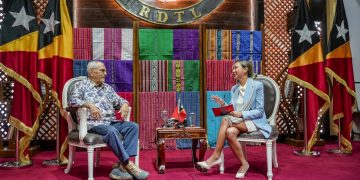
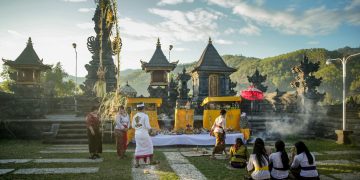

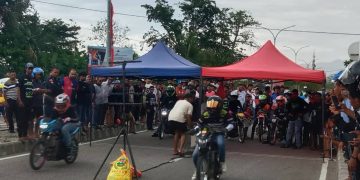
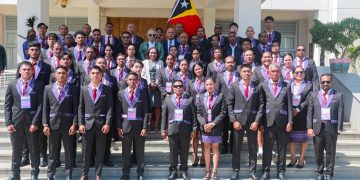
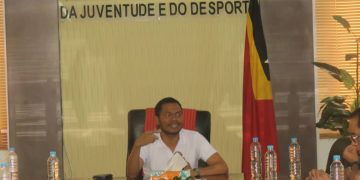

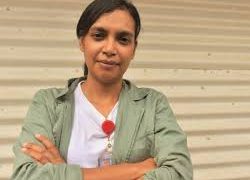
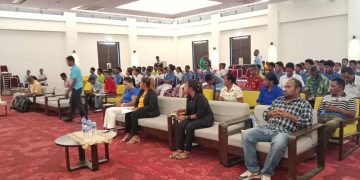
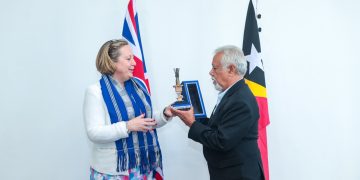
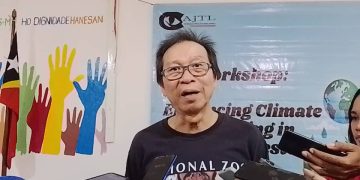

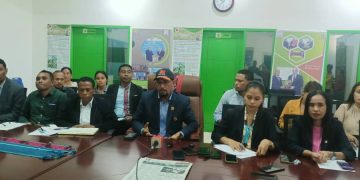
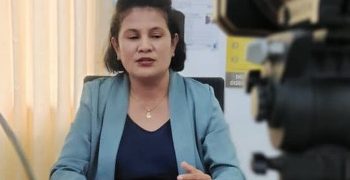
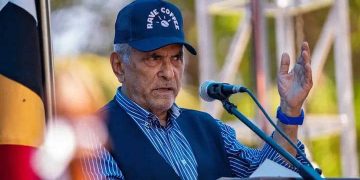
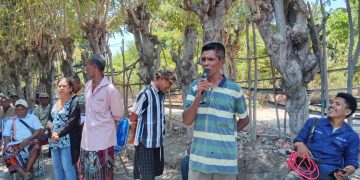

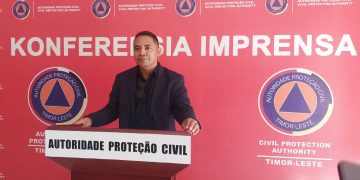
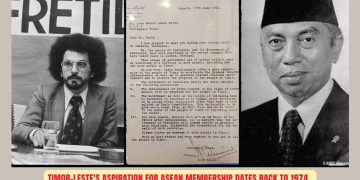
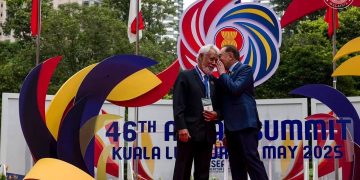
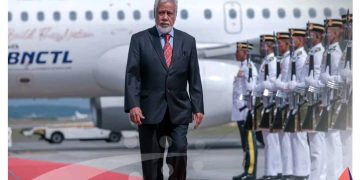
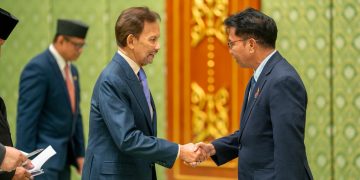
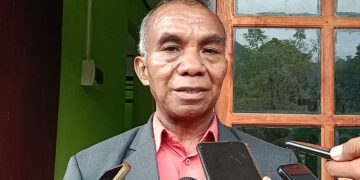
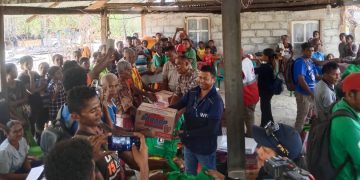
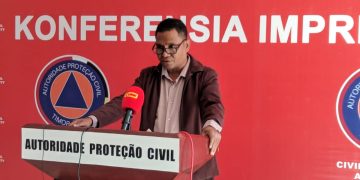
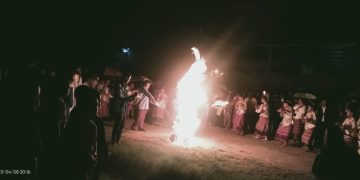
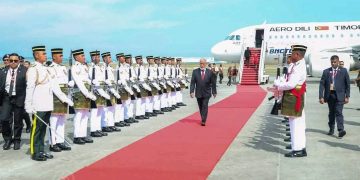

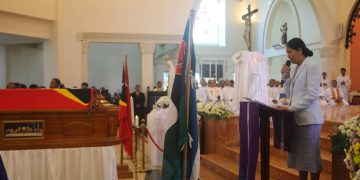
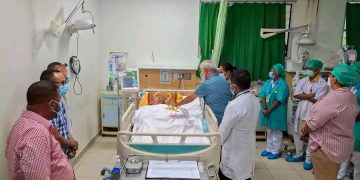
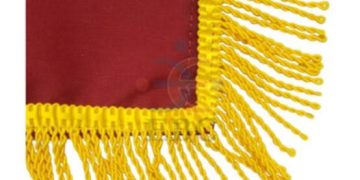
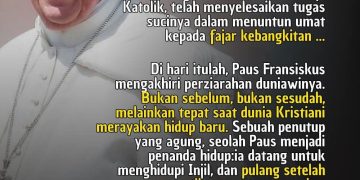
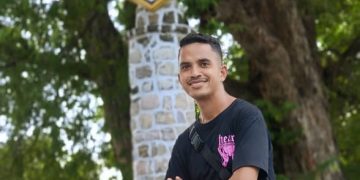
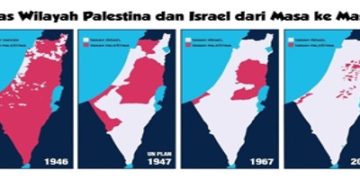
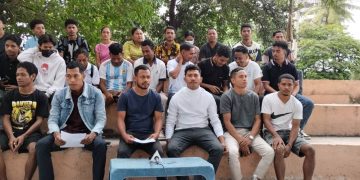
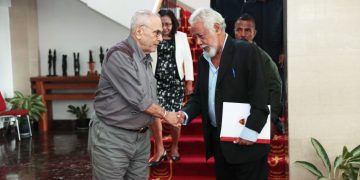
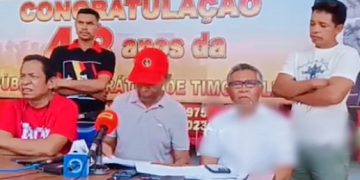
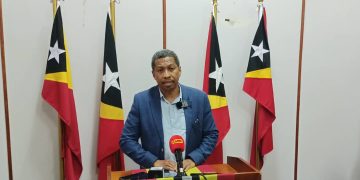

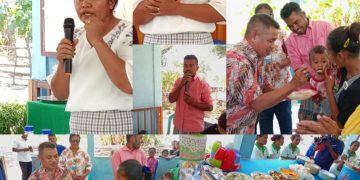
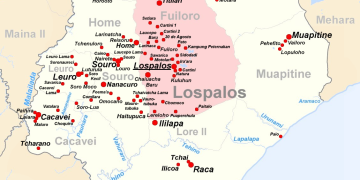
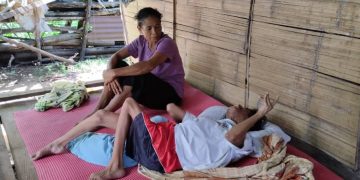



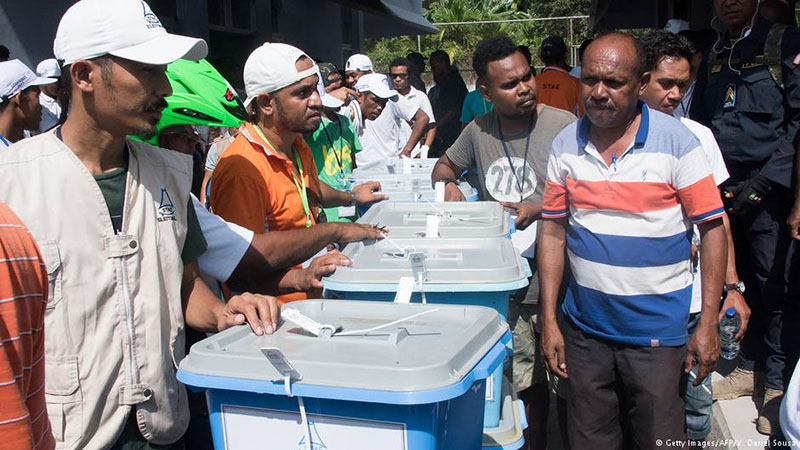

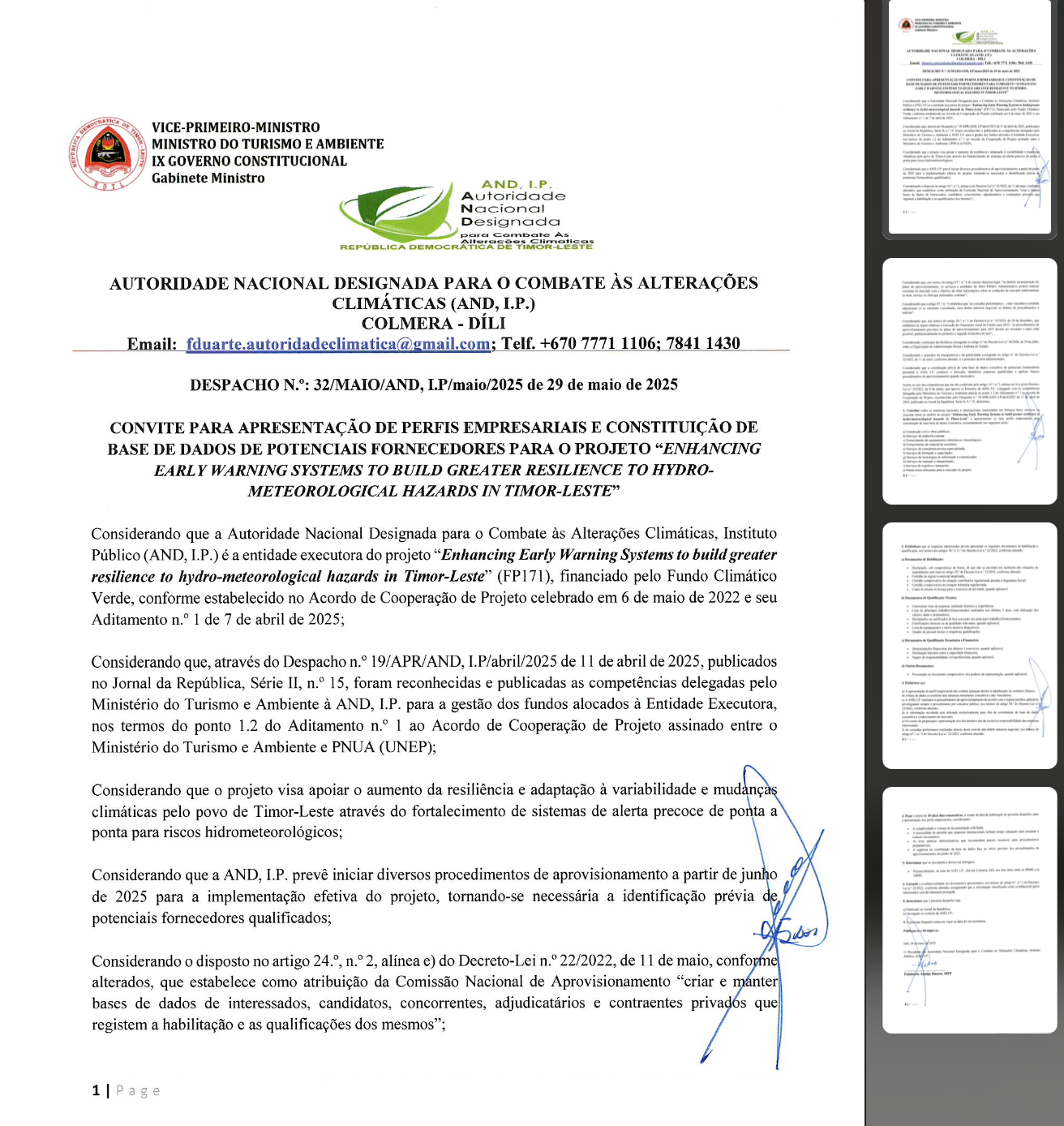
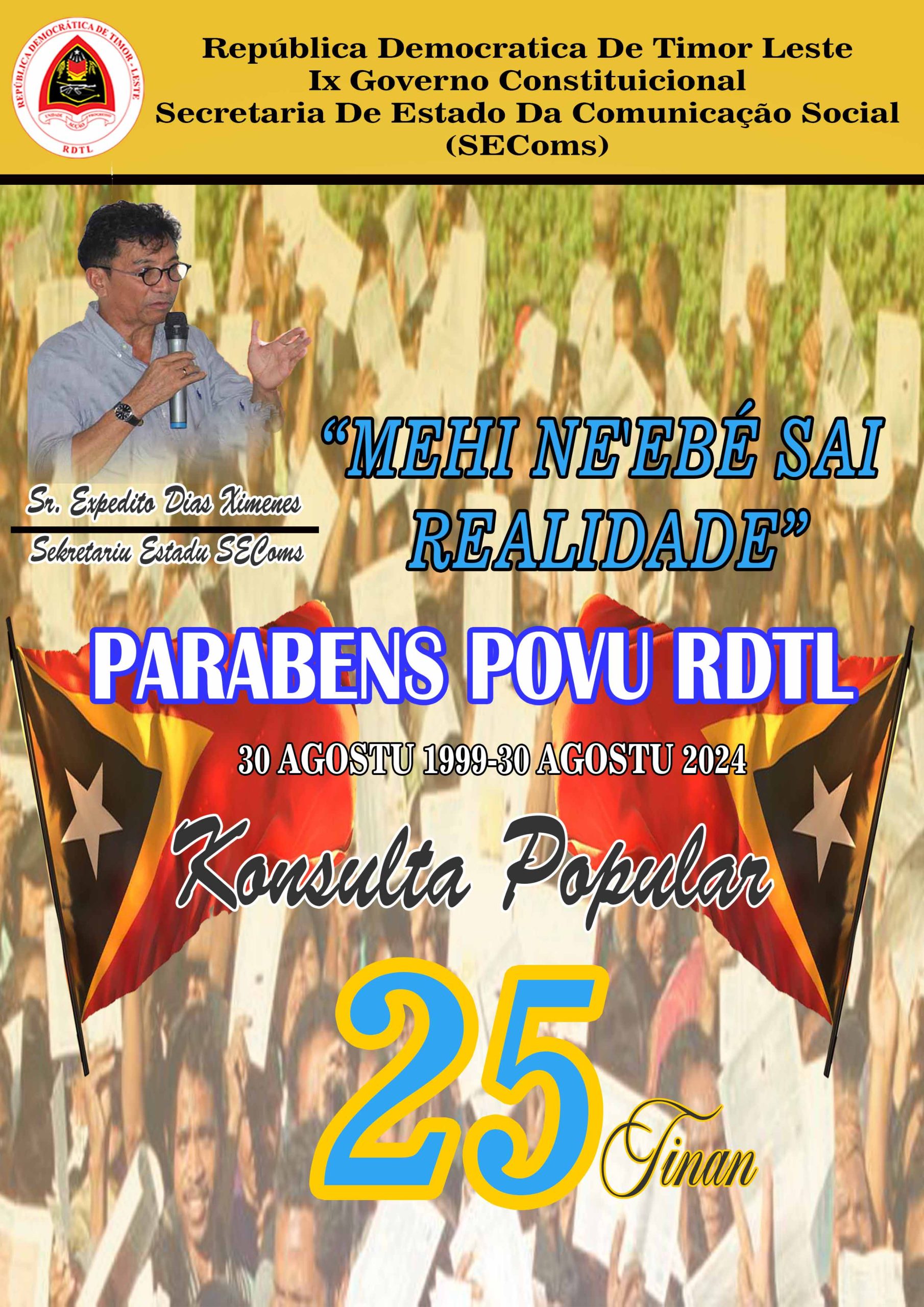
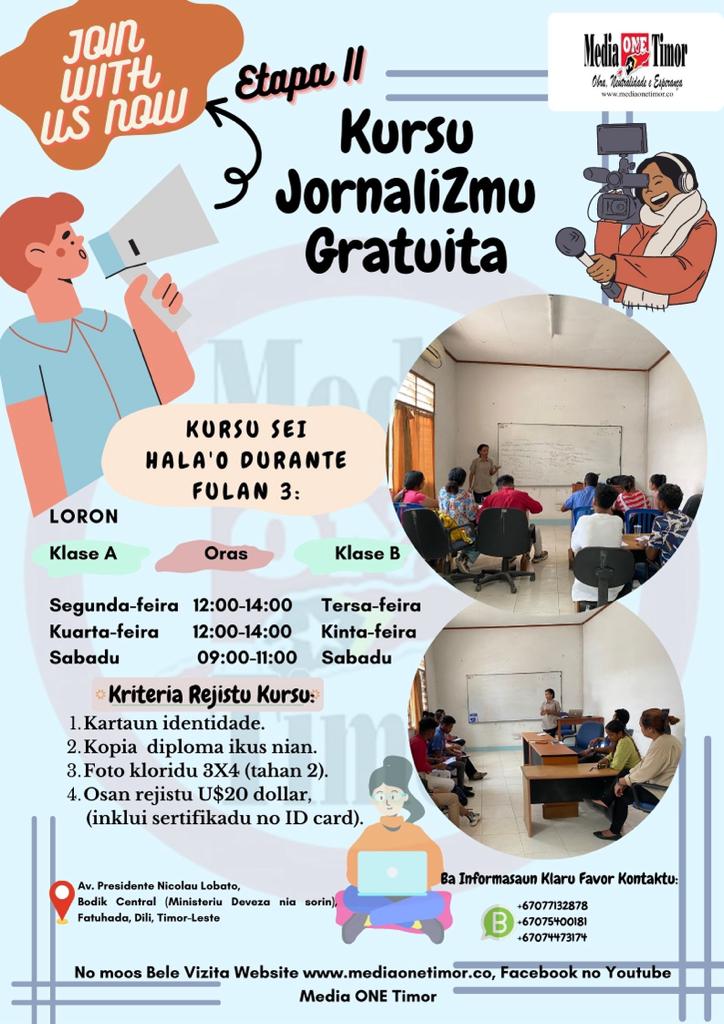
Ita nia komentariu konaba post ne'e.